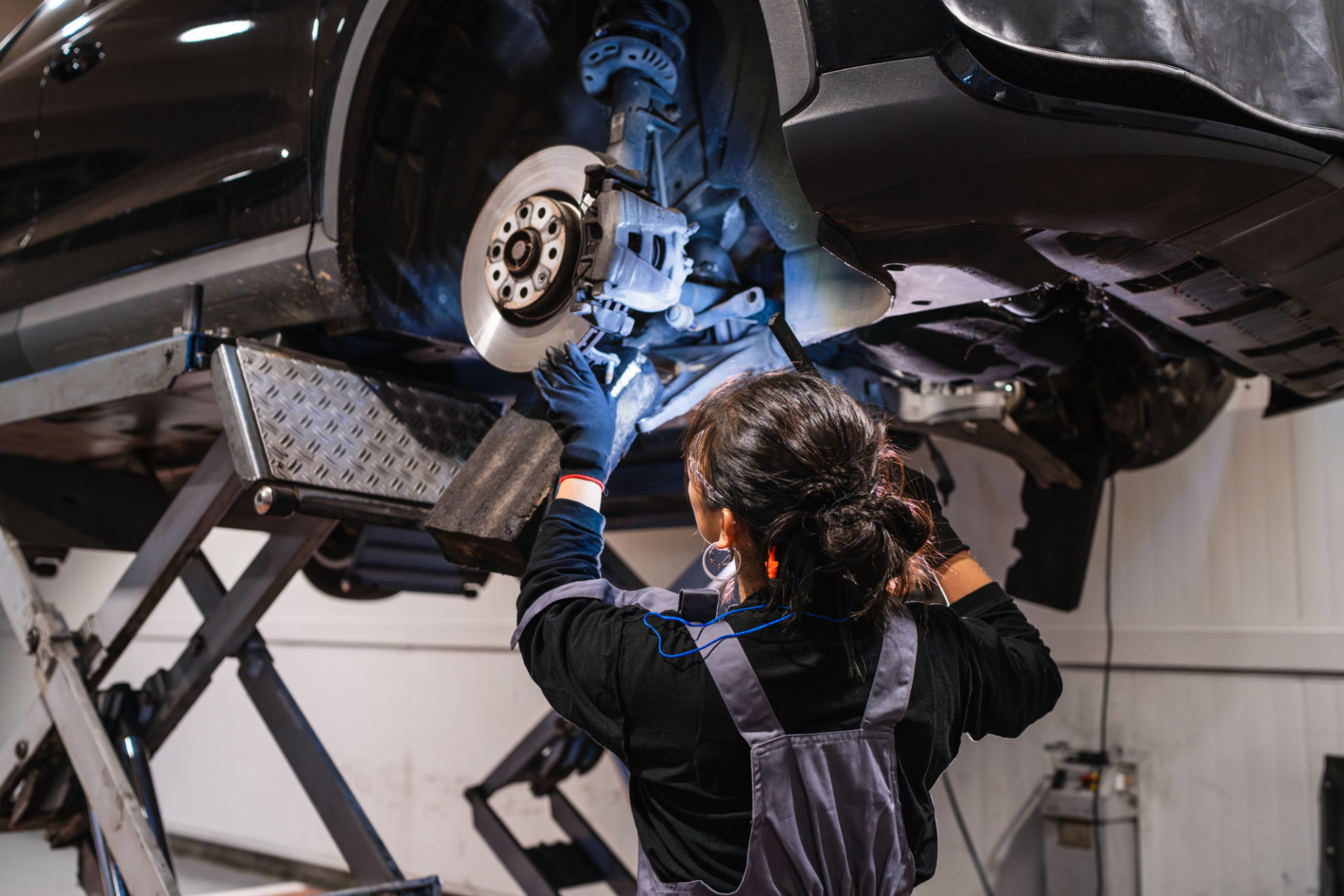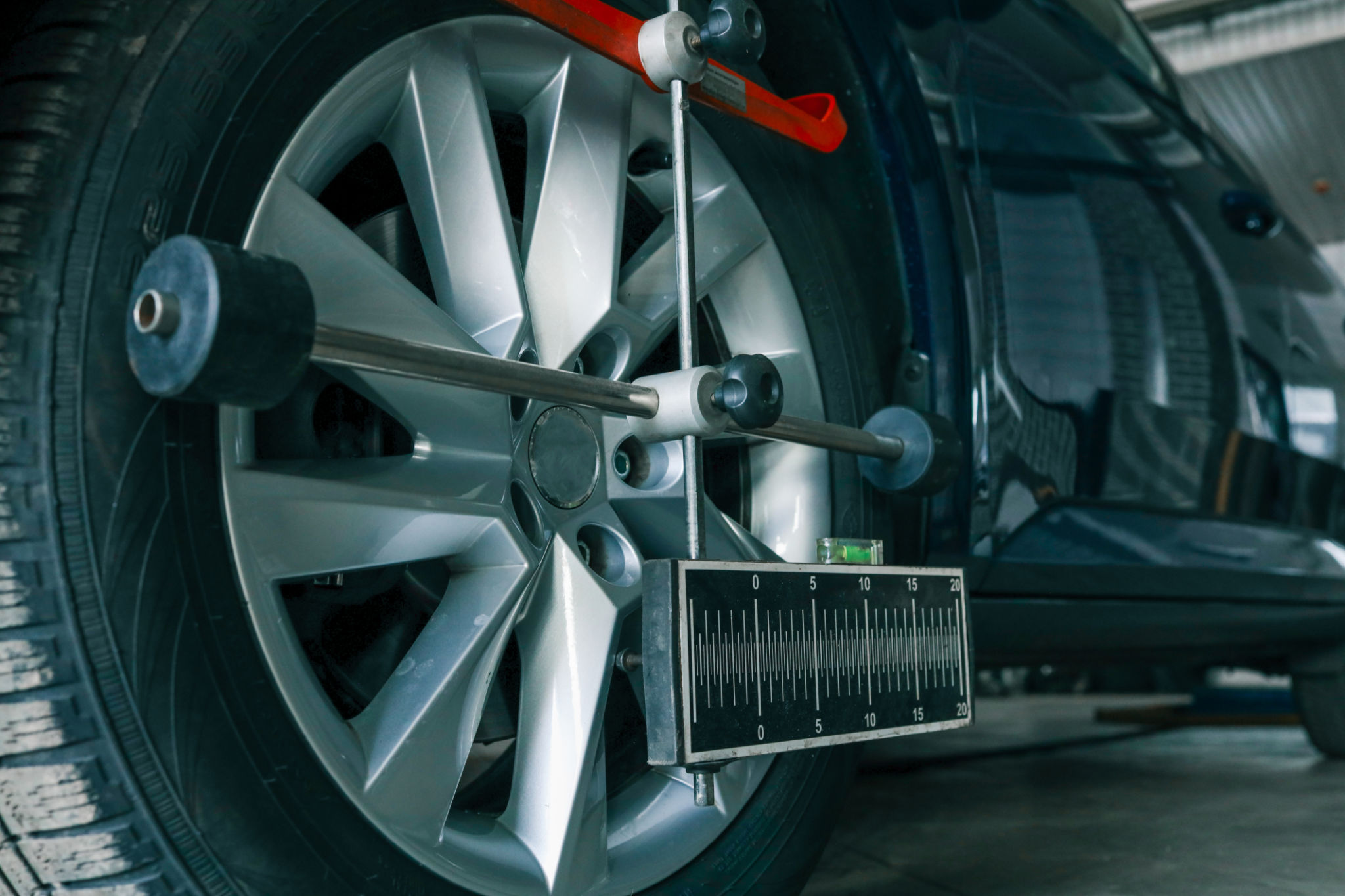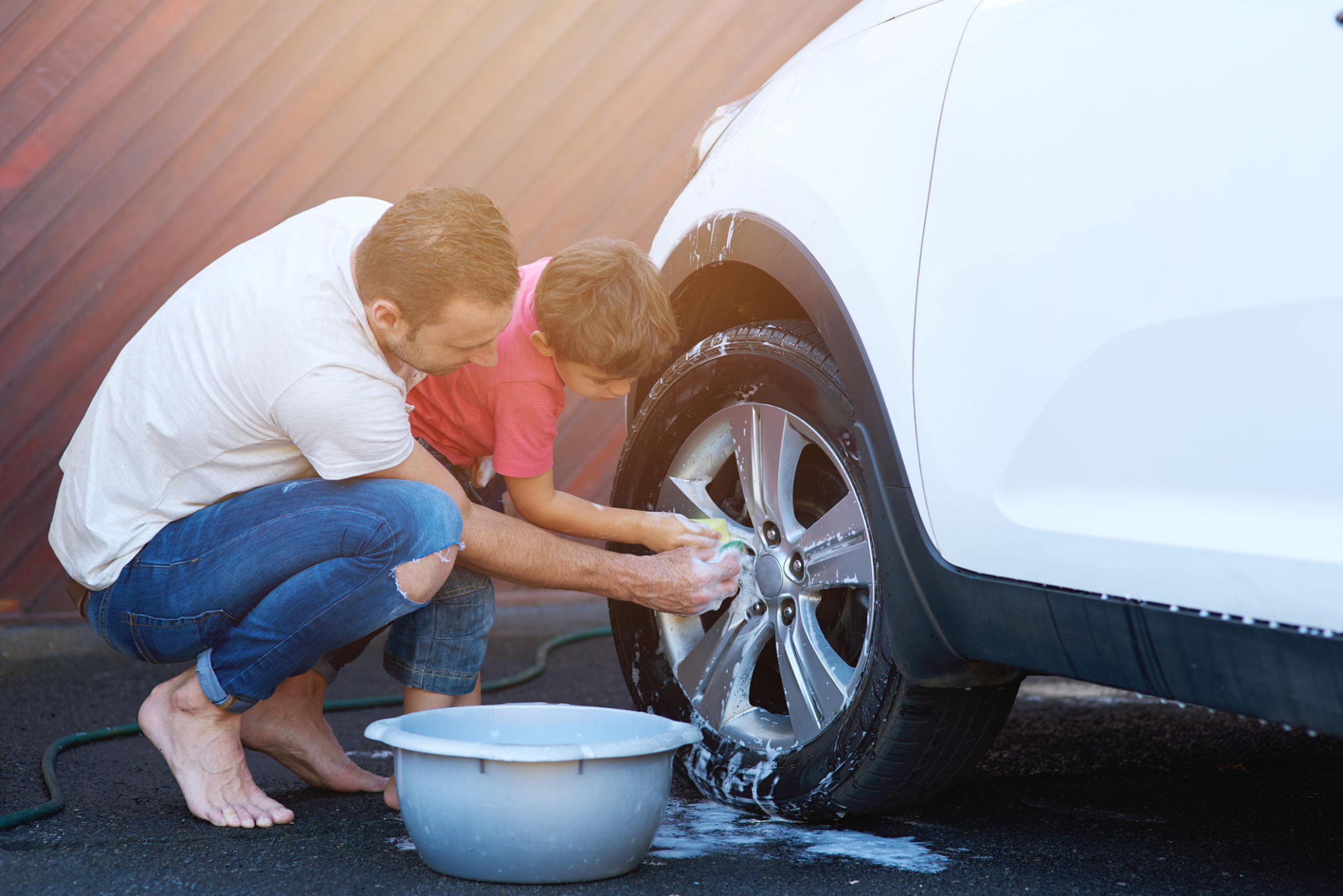DIY Wheel and Tire Maintenance Tips for Long-Lasting Performance
Understanding the Basics of Wheel and Tire Maintenance
Maintaining your wheels and tires is crucial for ensuring the longevity and performance of your vehicle. Not only does regular maintenance enhance safety, but it also improves fuel efficiency and provides a smoother driving experience. Whether you're a seasoned car enthusiast or a beginner, having a basic understanding of wheel and tire care can make a significant difference.
Proper tire care involves several aspects, including alignment, rotation, pressure checks, and more. By dedicating some time to these tasks, you can prevent unnecessary wear and prolong the life of your tires. This guide will walk you through essential DIY wheel and tire maintenance tips that you can easily follow at home.

Regular Tire Pressure Checks
One of the simplest yet most effective ways to maintain your tires is by checking their pressure regularly. Underinflated or overinflated tires can lead to uneven wear, poor handling, and increased fuel consumption. It's recommended to check your tire pressure at least once a month and before long trips.
To check tire pressure, you'll need a reliable tire gauge. Ensure that your tires are cold (not driven for at least three hours) for the most accurate reading. Refer to your vehicle's manual or the sticker inside the driver's door for the recommended pressure levels. Adjust as necessary to maintain optimal performance.

Importance of Tire Rotation
Tire rotation involves changing the position of each tire on your vehicle to ensure even wear. This process helps extend the life of your tires and improve overall handling. Ideally, you should rotate your tires every 5,000 to 8,000 miles, but always refer to your vehicle's manual for specific recommendations.
There are different rotation patterns depending on whether your vehicle is front-wheel, rear-wheel, or all-wheel drive. A typical pattern for front-wheel drive vehicles is to move the front tires to the rear on the same side and switch the rear tires to the opposite front positions.
Wheel Alignment Matters
Proper wheel alignment is key to maintaining tire health and ensuring a smooth ride. Misaligned wheels can cause uneven tire wear and affect your vehicle's steering and suspension. You might notice your car pulling to one side or unusual vibrations if alignment is off.
If you suspect alignment issues, it's wise to have it checked by a professional. While this can't be done at home without specialized equipment, being informed about its importance can help you recognize when it's needed.

Inspecting Tires for Wear and Damage
Regularly inspecting your tires for wear and damage is essential in maintaining their performance. Look for signs of uneven tread wear, cracks, bulges, or punctures. These issues can compromise safety and should be addressed promptly.
The penny test is a simple way to check tread depth. Insert a penny into the tread with Lincoln's head upside down. If you can see all of Lincoln's head, it's time for new tires. Additionally, inspect sidewalls for any visible damage that could lead to a blowout.
Balancing Your Tires
Tire balancing ensures that weight is evenly distributed around the entire circumference of the wheel-tire assembly. Unbalanced tires can cause vibrations, uneven wear, and strain on your vehicle's suspension. It's advisable to balance your tires every time they are rotated or if you notice vibrations while driving.
Keeping Your Wheels Clean
Cleaning your wheels not only enhances the appearance of your vehicle but also prevents corrosion and buildup that can damage them over time. Use a mild soap or specialized wheel cleaner with a soft brush to remove dirt and brake dust.
Avoid using harsh chemicals or abrasive materials that can scratch the surface. Regular cleaning helps maintain both the aesthetic appeal and structural integrity of your wheels.

Concluding Thoughts
By investing time in regular wheel and tire maintenance, you ensure that your vehicle remains safe, efficient, and enjoyable to drive. Armed with these DIY tips, you can confidently care for your wheels and tires, extending their lifespan and enhancing overall vehicle performance.